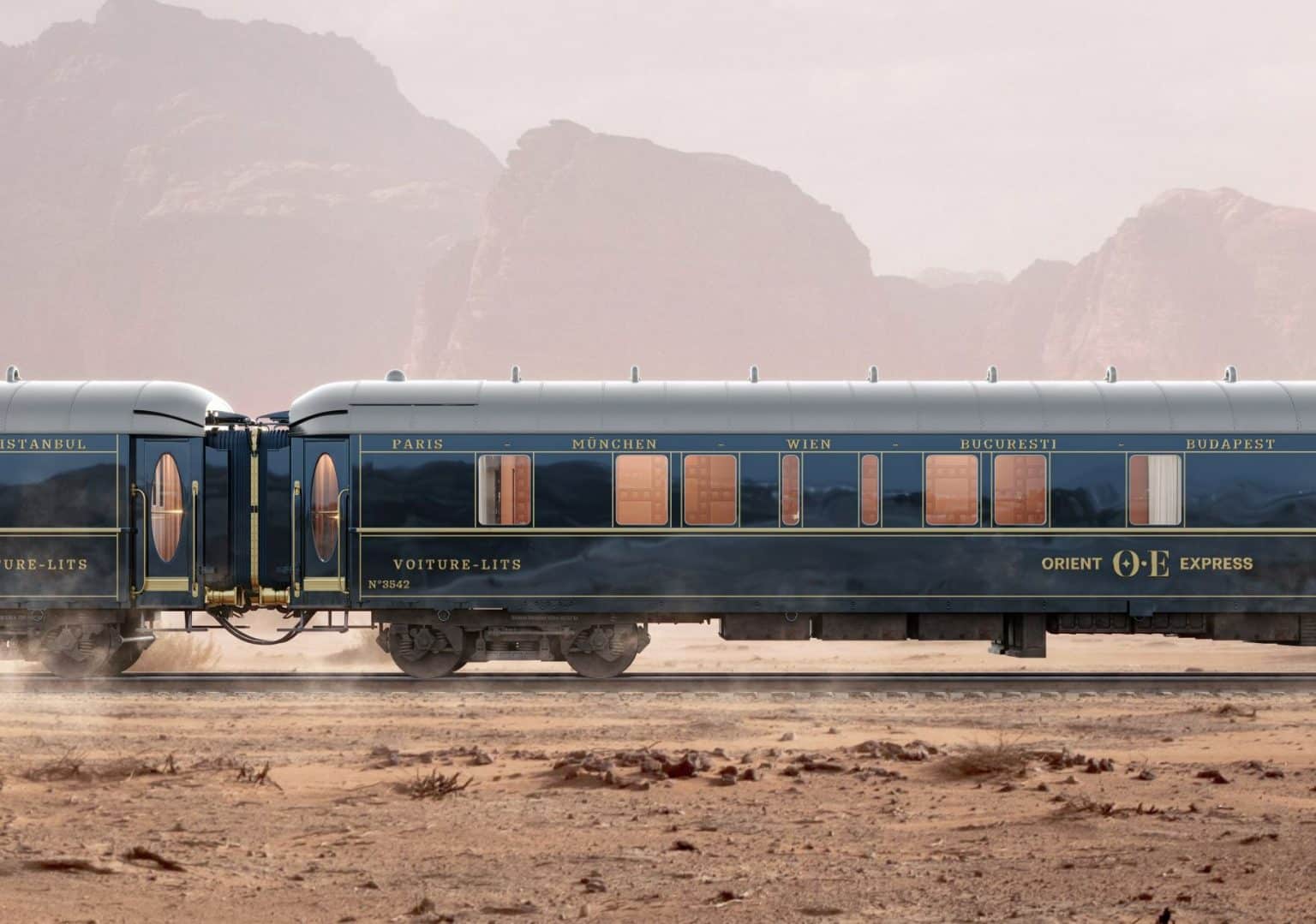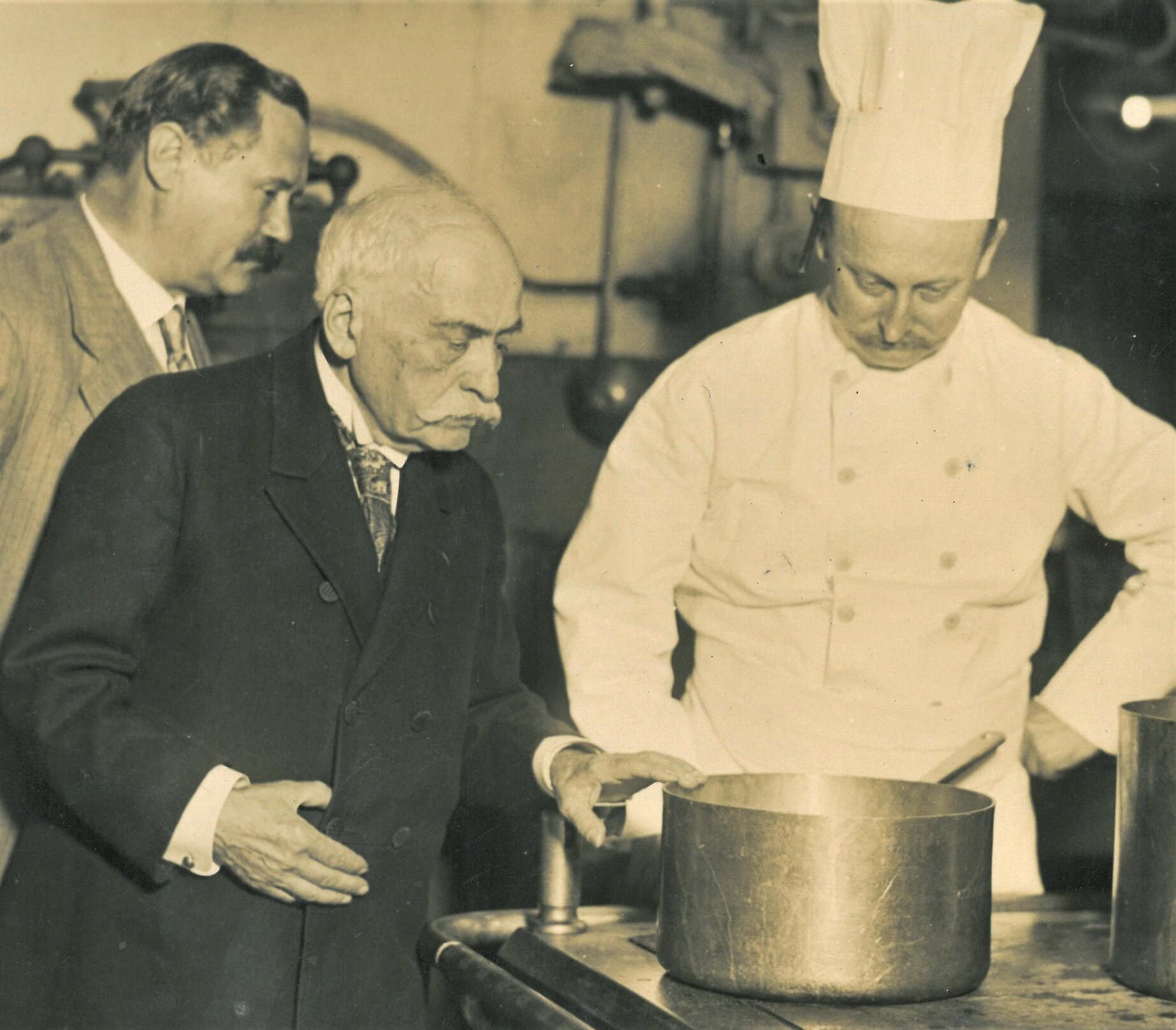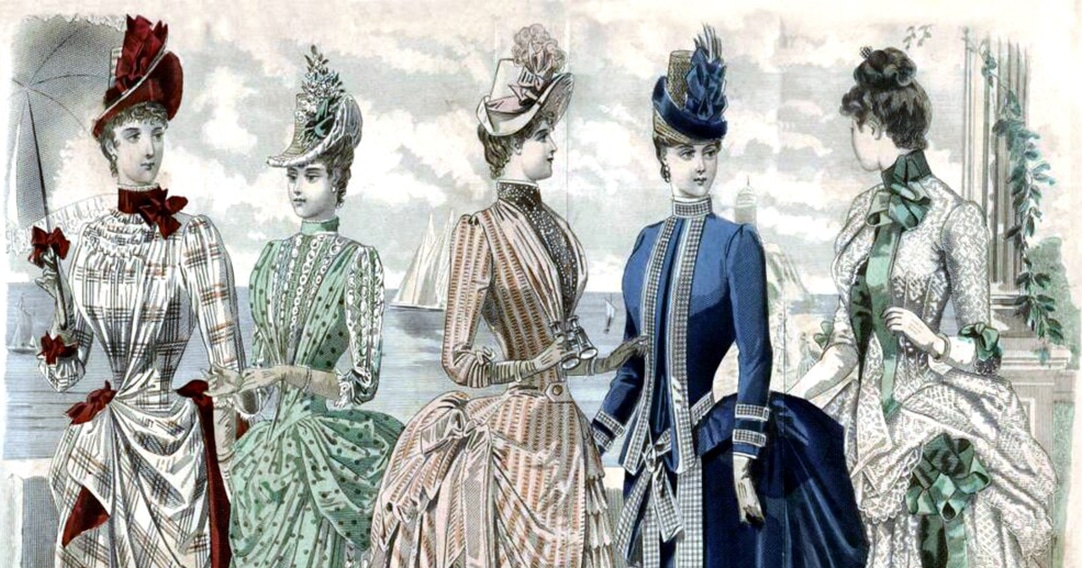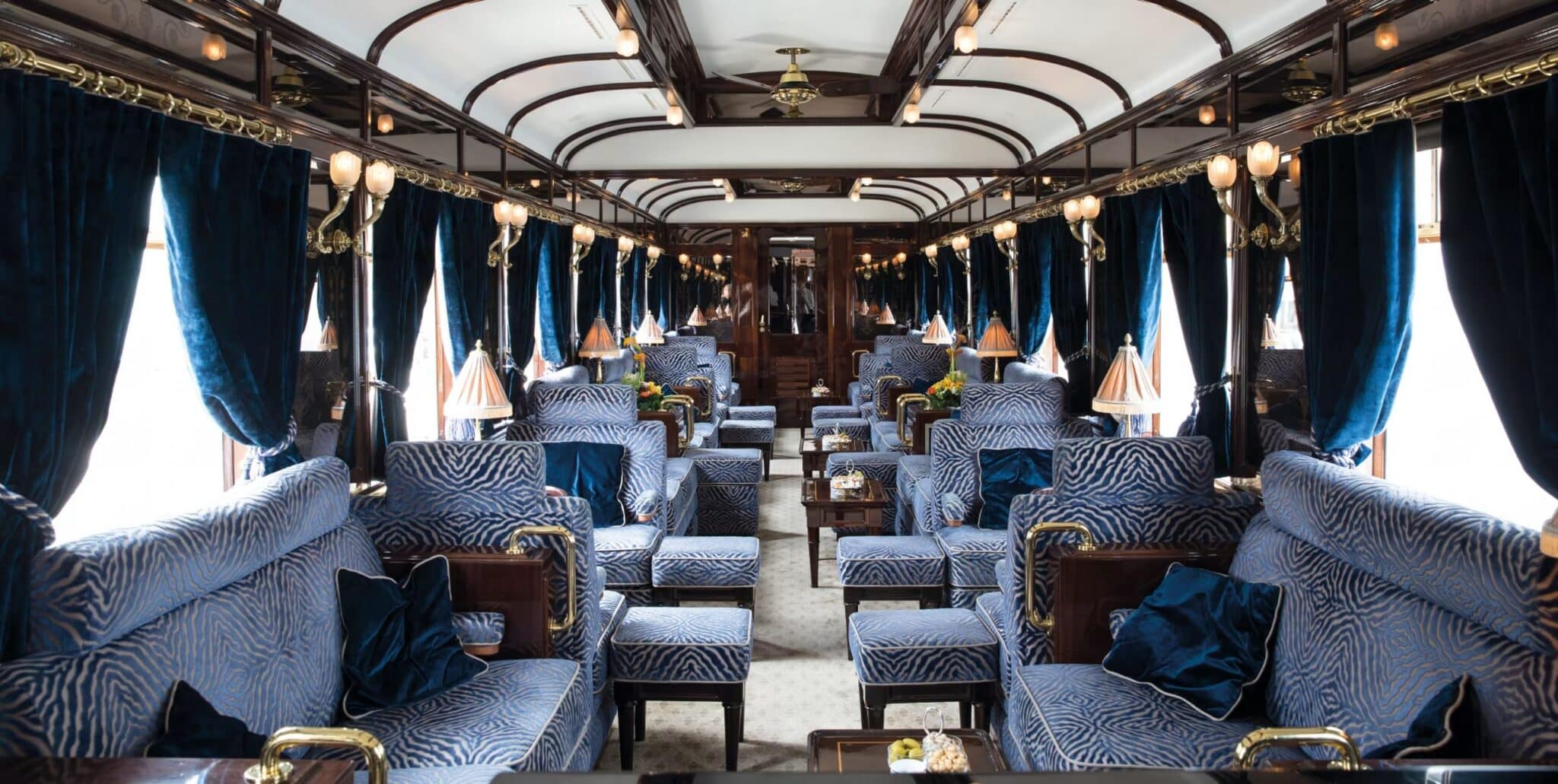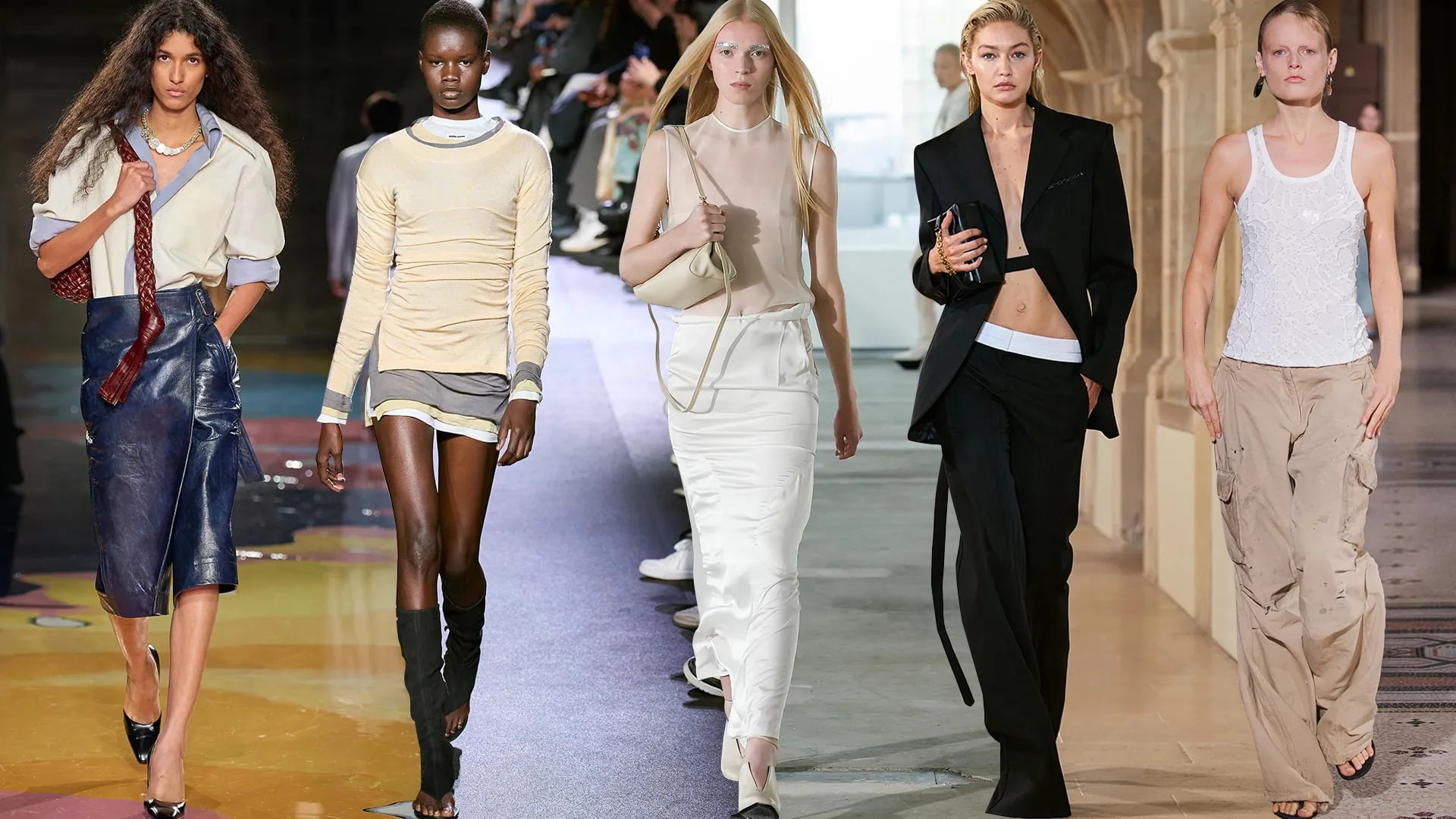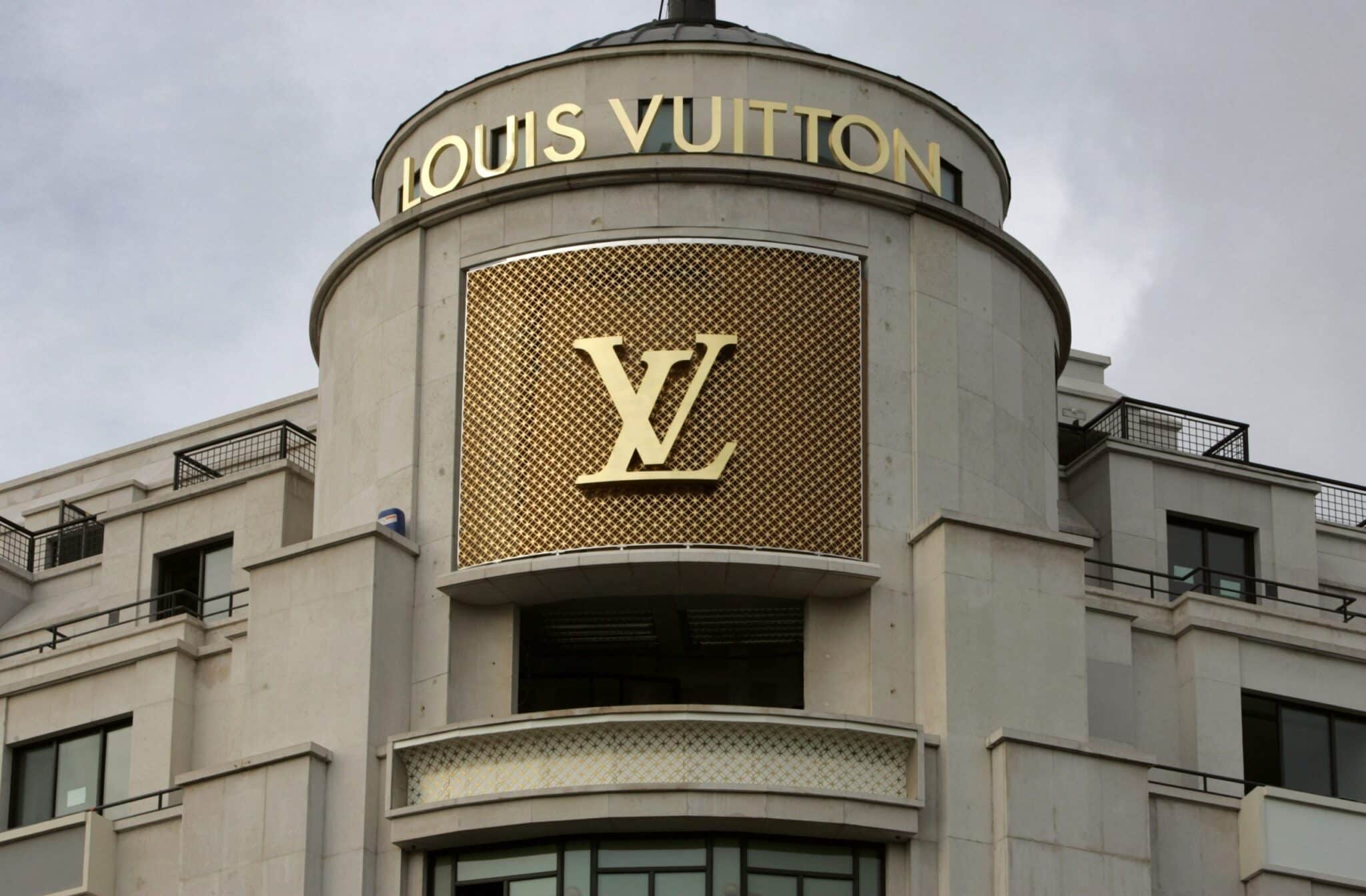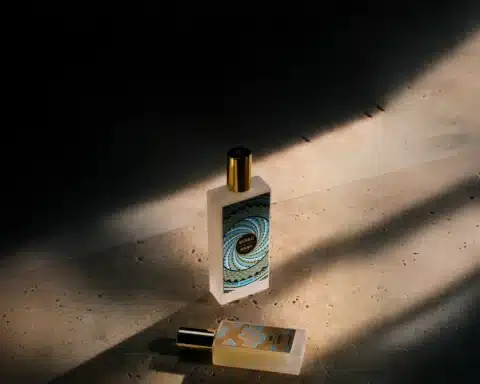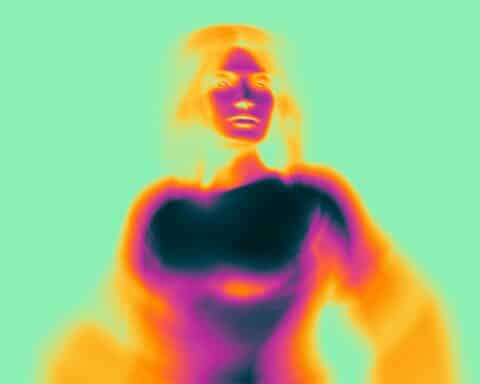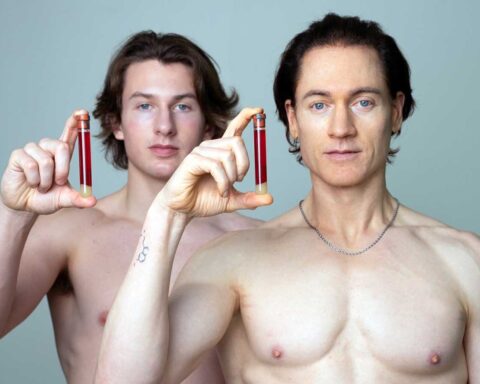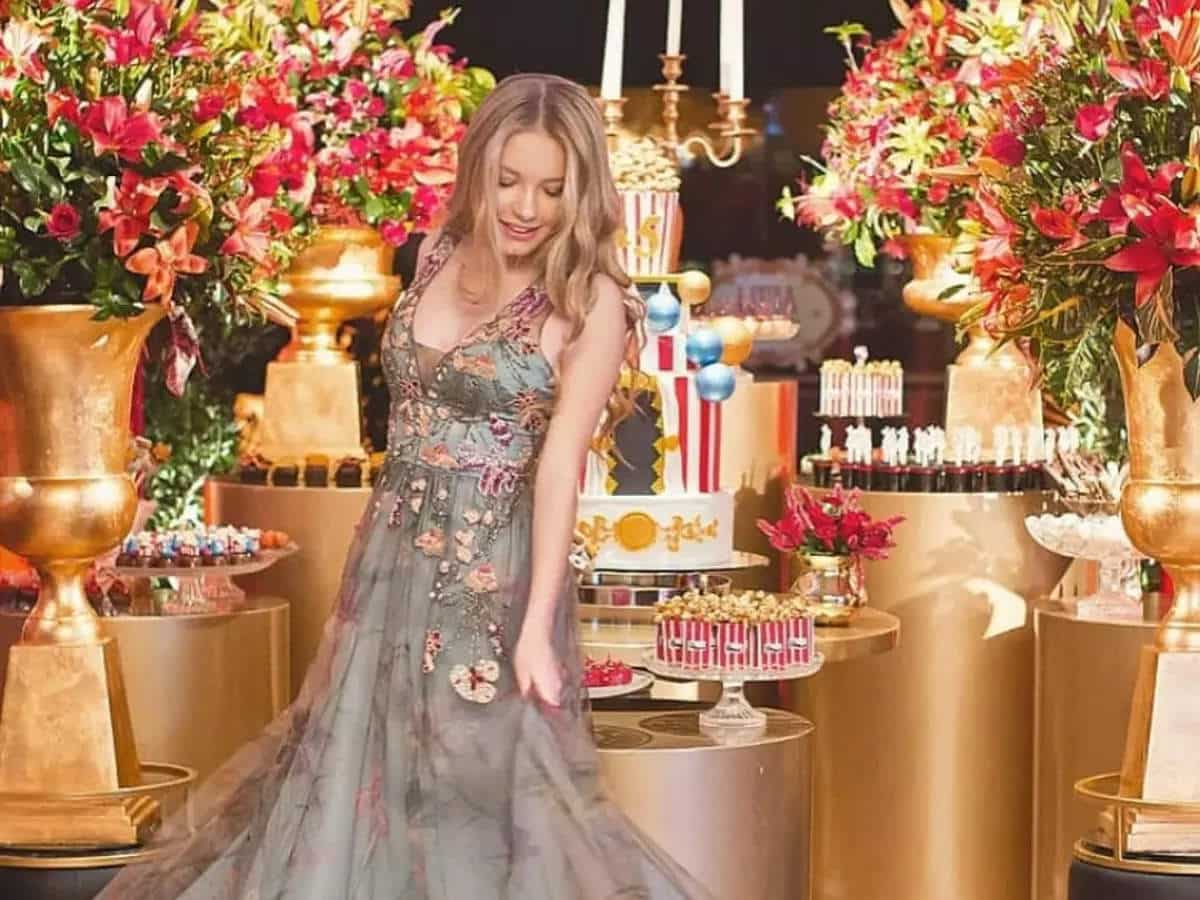Luxury has undergone an extraordinary evolution over the last two centuries, reflecting the social, economic and cultural changes of our ever-changing world. From the splendor of the Victorian era to contemporary minimalism, discover the flight of luxury from the 19th to the 21st century during the contemporary era.
Throughout the 19th century, luxury began the transition to what would become modern luxury. Although it continued to draw on the support of the state (kings, emperors, republics through universal exhibitions), it simultaneously broadened its clientele to include the bourgeoisie. While retaining its artisanal character, it benefited from technical advances and innovations in reproduction, chemistry and materials processing. Finally, it gradually opened up to new fields such as leisure, tourism and gastronomy.
The 19th century was the golden age of cuisine, thanks to technical progress and transportation that facilitated supply and the creation of food markets (such as the halles). New products such as foie gras, truffles and imported pineapples were consumed in the restaurants that sprang up along Paris’s main boulevards. Dining out became a celebration and a ritual, thanks in particular to chef Auguste Escoffier at the Hôtel Ritz. But the 19th century was above all marked by two major upheavals: the industrial revolution and the transportation revolution.
New transportation
The Industrial Revolution brought significant changes to the world of luxury, notably with the mechanization of textile and silk production, as well as improvements in garment dyeing techniques. At the turn of the century, fashion was marked by strict, straight lines, inspired by imperial military uniforms for men, while women wore cinched dresses (tightened at the waist with the use of the corset, abandoned at the beginning of the 20th century) often accompanied by a small train. At the end of the 19th century, women’s fashion became simpler, with strict, sporty lines, while men’s suits and top hats were in vogue.
The mechanization and use of steam in the production of glass (Baccarat), porcelain plates and crockery (Gien, Limoges) and goldsmiths’ wares (Christofle) led to increased production of high quality, making these products accessible to an increasingly prosperous bourgeoisie. The Transportation Revolution began in the river and sea, with the replacement of wooden shipbuilding by metal, and the replacement of sails by steam. Ships carried more passengers. In 1842, a law was passed organizing the creation of rail networks radiating out from the capital, resulting in a structured 1,900 km French rail network.
Transportation was no longer a luxury reserved for the elite, and became accessible to all, particularly with the invention of the automobile (Panhard et Levassor, Daimler, Benz), then aviation (Clément Ader). At the same time, luxury transport was being introduced with the creation of luxury trains, such as the Orient-Express, transporting the elite to the palaces of the seaside resorts served by the train (Le Touquet, Deauville, Trouville, the Côte d’Azur, Biarritz). For their clothes and other belongings, passengers can count on luggage made by brands such as Louis Vuitton or Lancel.
Towards discreet luxury
The euphoria of the early 20th century gave way to the post-First World War era, marked by the Roaring Twenties, jazz, Russian ballet and the Côte d’Azur. The wealthy bourgeois class yearned for oblivion and fun. The Second World War, however, put an abrupt end to this golden era. But after the war, joy and freedom once again took over from deprivation, marking the era of the Saint-Germain-des-Prés artists, the Nouvelle Vague and the rise of fashion.
After the Trente Glorieuses (1945-1975), luxury adopted a more conservative approach. After an emphasis on ostentation, luxury became more discreet, sober and minimalist. Luxury brands focused on refined designs, quality materials and perfect craftsmanship. This period saw the emergence of fashion houses such as Chanel and Dior, embodying timeless elegance and understated sophistication.
Major listed groups
The early 90s marked an important turning point with the emergence of luxury marketing. Henceforth, actions were deployed to adapt the supply of luxury products to demand, thus reversing the usual dynamic. In the West, there was a search for more immaterial or technological forms of luxury (cell phones, the Internet), as well as a return to certain traditional values such as good food and outdoor leisure.
In the early 2000s, new markets and consumers emerged, notably the BRIC countries (Brazil, Russia, India and China). This gave rise to major listed financial and industrial groups, owning multiple brands in various luxury sectors. The most exemplary is LVMH (Louis Vuitton Moët Hennessy), which owns over 60 brands in fields such as leather goods (Louis Vuitton), fashion and haute couture (Kenzo, Fred), shoes (Fendi), watches (Tag Heuer), jewelry (Chaumet), perfumes (Guerlain, Givenchy), wines and spirits (Moët et Chandon, Veuve Clicquot, Château Yquem).
Other major players include Richemont (Van Cleef & Arpels, Cartier, Lancel, Montblanc…), Kering (Gucci, Yves Saint Laurent, Balenciaga, Boucheron…), Hermès International (Hermès, Jean-Paul Gaultier, Puiforcat, Saint-Louis-Cristallerie de Paris), as well as groups specializing in luxury wines and spirits such as Pernod Ricard (Perrier-Jouët, Mumm, Cognac Martell, Chivas, Suze, Pastis 51) or Rémy Cointreau (Cointreau, Piper-Heidsieck, Charles Heidsieck). This diversification of groups enables them to cover different segments of the luxury market and offer a varied range of products, also creating fierce competition.
New challenges in sustainability and ethics
Since the beginning of the 21st century, luxury has been strongly influenced by environmental and social concerns. Today’s consumers are increasingly sensitive to issues of sustainability and ethics, pushing luxury brands to adopt responsible practices. Many luxury houses have taken steps to reduce their environmental footprint, using sustainable materials and supporting social causes.
Read also >THE GREAT EPIC OF LUXURY (EPISODE 4) : THE MODERN ERA
Featured photo :© Orient Express




